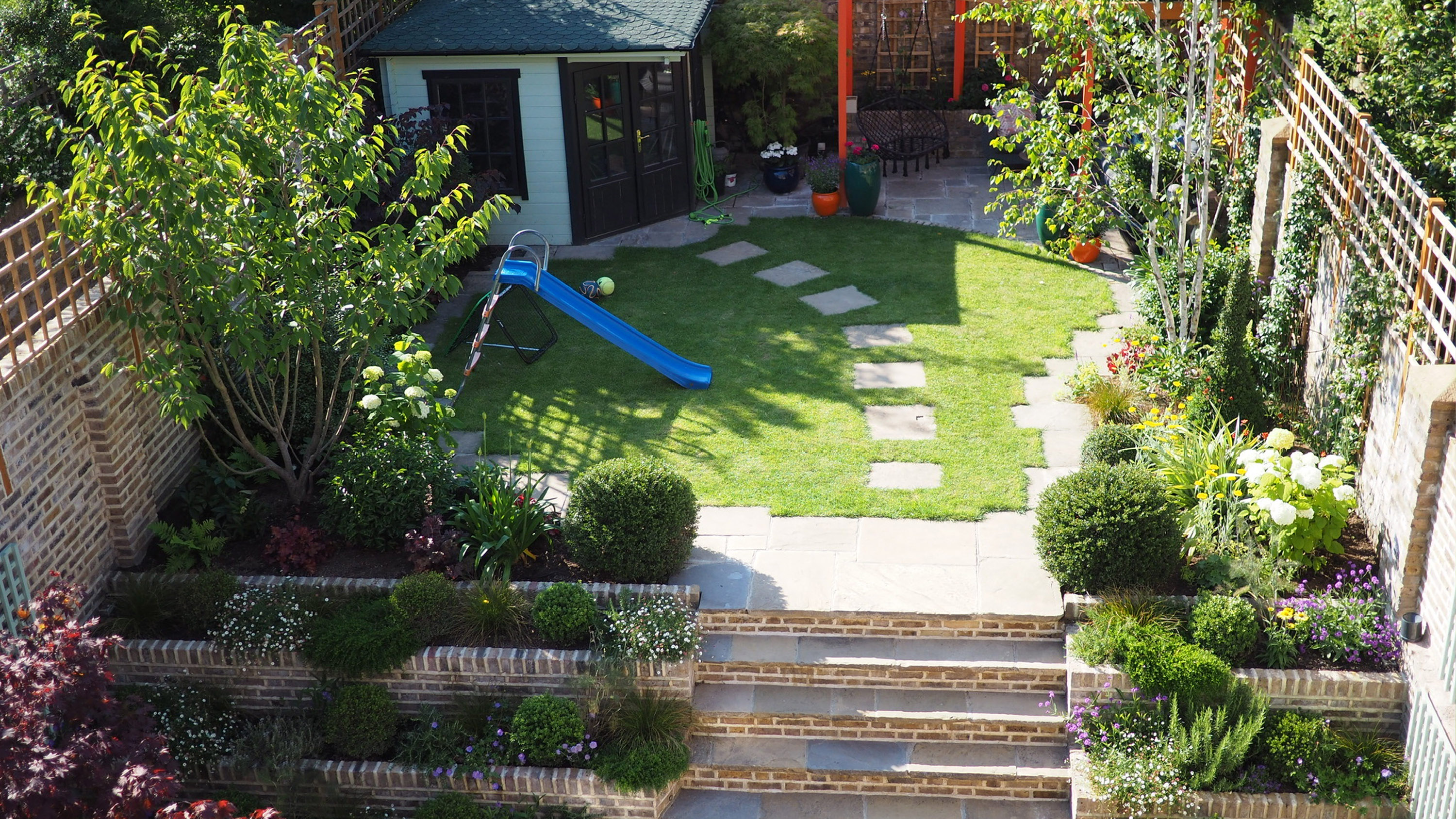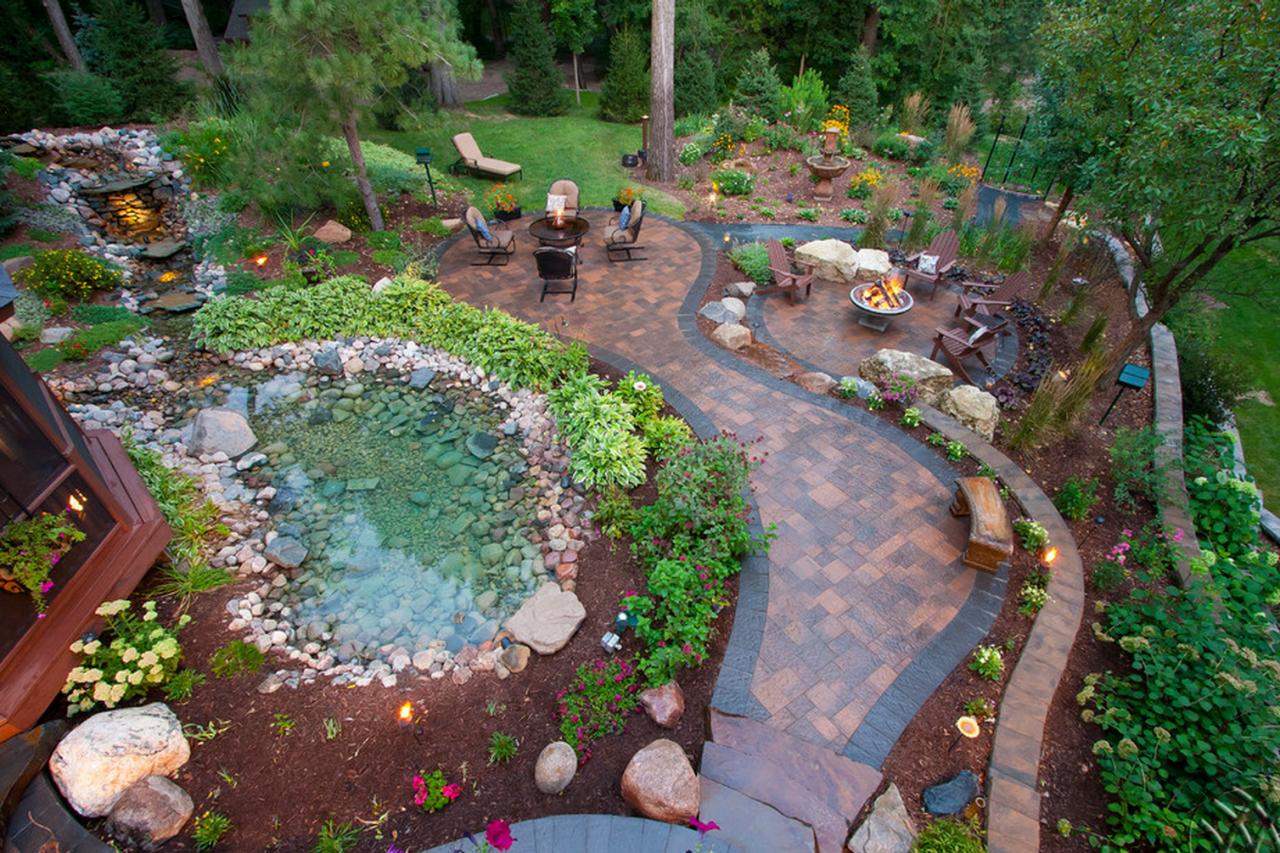Introduction
Lawns are the natural choice for
homeowners who want to enjoy the beauty of their backyard. But maintaining a
healthy lawn is not as simple as it seems. Lawn care requires meticulous
planning, regular maintenance, and timely treatments for pests and diseases.
This article will help you achieve an eco-friendly and beautiful lawn by
providing tips and tricks on how to maintain your yard so that it looks good
all year long!
In order to maintain a beautiful
lawn, you should mow it at the correct height. This will help keep your grass
healthy and green. Mowing your lawn when it's dry is also important because
this will allow you to see your lines more clearly and prevent damage from
occurring. To ensure that you cut all the grass evenly, set up a guideline with
masking tape or chalk so that you know where to stop each time.
Once every week or two (depending on how fast or slow your grass grows), take some time out of your day for maintenance purposes by getting out there with some tools and getting down low! You'll want to start off by raking away any leaves or debris before moving on cutting off any excess growth around sidewalks/patios/driveways etc., which can become unsightly over time if left untouched long enough."
Keep
the Grass Healthy
The first step to achieving a
beautiful lawn is to keep it healthy. You can do this by regularly mowing your
grass, keeping the blades at the recommended height for your particular type of
grass and using fertilizer at least once a year. When it comes time to water
your lawn, remember that too much is just as bad as too little--so don't overdo
it! Similarly, don't use too much weed killer; if you have weeds in an area
with no tree cover or other shade source (like under a deck), consider adding
mulch around those plants so they don't need as much sun and water to grow
properly.
Get
Rid of Weeds
You may have heard of the saying, "Weeds are nature's way of telling you to get rid of your lawn mower." This is true--weeds can be a problem in many ways. They compete with grass for water and nutrients, they make your lawn look unkempt, and they spread easily by seed. If you don't want to spend your weekends pulling weeds, use this guide to learn how to get rid of them!
Water
Wisely
It's important to water your lawn
when it needs water, and not a moment before or after. To get an idea of the
frequency of your lawn's irrigation, take note of how long it takes for your
soil to dry out after being watered. This can vary depending on where you live
and what type of grass you have on your property. A good rule of thumb is that
if you live in an area with low rainfall throughout most seasons, then watering
should be done daily during the hottest parts of summer; however, if there is
significant rainfall year round (more than 50 inches annually), then weekly
watering may suffice.
If you're looking for ways to
automate watering without compromising reliability or convenience, then
consider using an automatic irrigation system such as a drip system or
sprinkler head timer that allows users to control how long each zone should be
active based on weather conditions such as rain fall level per day/night
etcetera within their local area."
Select
the Right Grass Type for Your Yard
When it comes to choosing the right
grass type for your yard, there are a lot of factors to consider. First and
foremost, you'll want to consider the climate of your region. If you live in an
area that's hot or dry during certain times of year (or both), then turfgrass
varieties like Bermuda may not be ideal for you--and vice versa if it rains
frequently where you live.
Another thing to consider when
selecting a grass type is how much maintenance upkeep will be required after
installation. You might want something that requires minimal care but still
looks nice (like zoysia), or maybe even something that requires frequent
trimming (like fescue).
Manage
Lawn Pests and Diseases
Lawn pests and diseases can be
controlled with the right lawn care program. The best way to manage lawn pests
and diseases is to prevent them from happening in the first place. Keep your
lawn healthy with a great lawn care program!
Aerate
and Amend the Soil
Aerating your lawn is an important
step in achieving a beautiful and healthy lawn. It helps to remove compacted
soil, which can prevent nutrients from reaching your grassroots. Aeration also
allows water to penetrate deeper into the ground, making it easier for your
grass to absorb it and reducing stress on the plant.
The best time to aerate is in early
spring or fall (after mowing) when temperatures are cooler and moisture levels
are higher than they would be during the summer months. If possible, hire
someone who has a machine with sharp blades - this will make the process faster
and more effective at removing dirty plugs without damaging too much of your
lawn's root system. You may also want to consider using an aerator attachment
on your riding mower; however, these tend not to be as effective as other
methods because they do not provide adequate depth control over how far down
into soil goes before stopping digging up dirt plugs from being removed by
blade rotation speed alone.
Use
a Versatile Lawn Care Program to Keep Your Lawn Looking Great All Year Long!
A good lawn care program should be
versatile and easy to use, so you can adapt it to your lawn's specific needs.
If you have drought-tolerant grass like Kentucky bluegrass or Bermuda, for
example, then your lawn will need less water than one that requires more frequent
watering.
A good all-around fertilizer that
contains nutrients such as nitrogen and phosphorus is also important for
healthy growth; however, if you're growing a more exotic type of grass like St
Augustine or Zoysia then these may need additional nutrients in order to
flourish properly.
Achieving a beautiful and eco-friendly lawn starts with a great lawn care program.
Achieving a beautiful, eco-friendly
lawn starts with a great lawn care program. A good lawn care program is a
combination of mowing, watering and fertilizing. Mowing keeps your grass short
and healthy by removing dead or damaged blades to promote new growth. Watering
keeps your grass hydrated so it can grow strong roots that will help prevent
disease problems later in life. Finally, fertilizing helps keep those roots
strong by providing nutrients for them to absorb through their stolons (the
underground stems) into their leaves where they are needed most!
Conclusion
We hope that this article has given
you some insight into how to achieve a beautiful and eco-friendly lawn. If
you're still looking for more information, we encourage you to check out our
other articles on lawn care. We have tips on everything from aerating the soil
and fertilizing grass to using organic weed killers and controlling pests
without chemicals!





No comments:
Post a Comment